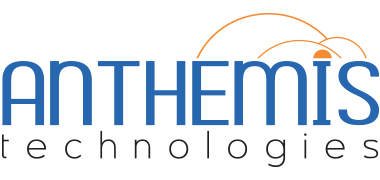The Internet of Things (IoT) market has grown steadily in recent years.
In 2015, connected objects (IoT) occupy an important place in your everyday life. Indeed, consumers are caught in a real craze for these little gadgets. Whether it is a connected watch for sport, for our leisure time, or a connected padlock that opens remotely, connected objects are diverse and varied.
However, despite the fact that these objects represent a high added value for companies in the sector, should we transform all of our objects?
A connected object is something that collects data through one or more sensors, which is located on a electronic board . The information is then transmitted via a communication process, such as Bluetooth, Wifi, etc.
There are several types of sensors. Indeed, a connected object can recover tension, heart pulses, for example, with a connected watch. It can recover temperature, humidity, light. In particular thanks to the connected thermometer, and to the connected lighting.
Thus, connected objects can transmit information, control and alert the user according to the sensors that have been installed. These data communicate by Internet, sometimes, but also by wireless links, or mobile networks. (GSM, GPRS, 3G, 4G…)
The use of a connected object
To have access to our connected object , an application is created to allow the user to interact with his object. The design of the application will be chosen based on the corporate branding. But also the function of the connected object and its use.
We can cite, for example, future Ikea furniture, which will be able to charge your smartphone, Samsung connected bulbs that you will be able to fully control over WiFi. And on a larger scale, the city of Lyon, which is becoming a Connected City. It analyzes a large amount of data to improve the city’s urban planning. To better control their energy impact.




